

If you’ve ever wondered why your website isn’t showing up on Google, you’re not alone. Many business owners and website managers face this frustrating challenge. You put in the effort, create a website, and expect traffic to flow in, but instead, it feels like your site is invisible. This article will explore the reasons behind this issue and what you can do to fix it.
One of the main reasons why your website isn’t ranking on Google is due to poor SEO (Search Engine Optimization). SEO helps search engines understand what your site is about, making it easier for them to index and rank it. If your website lacks essential SEO elements, Google may struggle to rank it.
Missing or poor-quality keywords – If your content doesn’t include relevant keywords that people are searching for, Google won’t recognize your website as useful.
Unoptimized meta tags – Title tags and meta descriptions help Google understand your content. If they are missing or poorly written, your ranking may suffer.
Lack of internal linking – Linking between your own web pages helps Google index your site better and improves user experience.
For your website to appear in search results, it must be indexed by Google. If Google hasn’t indexed your site, it won’t show up no matter how much content you publish.
To check if Google has indexed your site, type this into Google’s search bar:
site:yourwebsite.com
If no results appear, your site isn’t indexed.
Submit your site to Google Search Console.
Check your robots.txt file to ensure it’s not blocking search engines.
Remove noindex tags from your pages.
Google prioritizes websites that provide a good user experience. If your site has poor navigation, slow loading times, or isn’t mobile-friendly, your ranking will suffer.
Ensure your website is mobile-responsive.
Improve site speed by compressing images and using caching.
Create a clear, easy-to-follow navigation menu.
Use headings (H1, H2, H3) to organize content.
Content is king when it comes to SEO. Google wants to provide users with relevant, valuable, and high-quality information. If your website has thin or duplicate content, Google may ignore it.
Write in-depth, informative articles that answer common questions.
Use a mix of text, images, and videos to enhance engagement.
Update old content regularly to keep it relevant.
Include focus keywords like "Why Your Website Isn’t Ranking on Google" naturally in your content.
Using the wrong keywords can prevent your site from ranking. You may be targeting keywords that are too competitive or not searched by your target audience.
Use keyword research tools like Google Keyword Planner or Ahrefs to find relevant keywords.
Target long-tail keywords (phrases with 3-5 words) to rank more easily.
Avoid keyword stuffing; use keywords naturally within the content.
Backlinks (links from other websites to yours) signal to Google that your site is trustworthy. If your site lacks quality backlinks, your ranking will suffer.
Guest post on reputable websites in your industry.
Get listed in business directories and review sites.
Create shareable content that naturally earns links.
If you run a local business, optimizing for local SEO is crucial. Without it, your competitors will outrank you in local search results.
Claim your Google My Business listing.
Use location-based keywords (e.g., “best coffee shop in New York”).
Encourage customer reviews on Google and Yelp.
Technical SEO ensures that search engines can crawl and index your site properly. If your website has technical issues, it may not rank well.
Broken links leading to 404 errors.
Slow website speed due to unoptimized images or hosting issues.
Poor mobile usability.
Use tools like Google Search Console and Screaming Frog to identify and fix technical SEO problems.
If your competitors have a stronger SEO strategy, they will outrank you. Analyzing and improving your strategy can help you compete.
Analyze competitors’ websites using tools like SEMrush or Ahrefs.
Identify gaps in their content and create better versions.
Focus on building a stronger backlink profile.
Even the best content won’t rank if no one sees it. Promoting your content helps drive traffic and signals to Google that it’s valuable.
Share your content on social media.
Reach out to influencers in your industry.
Use email marketing to send content to your subscribers.